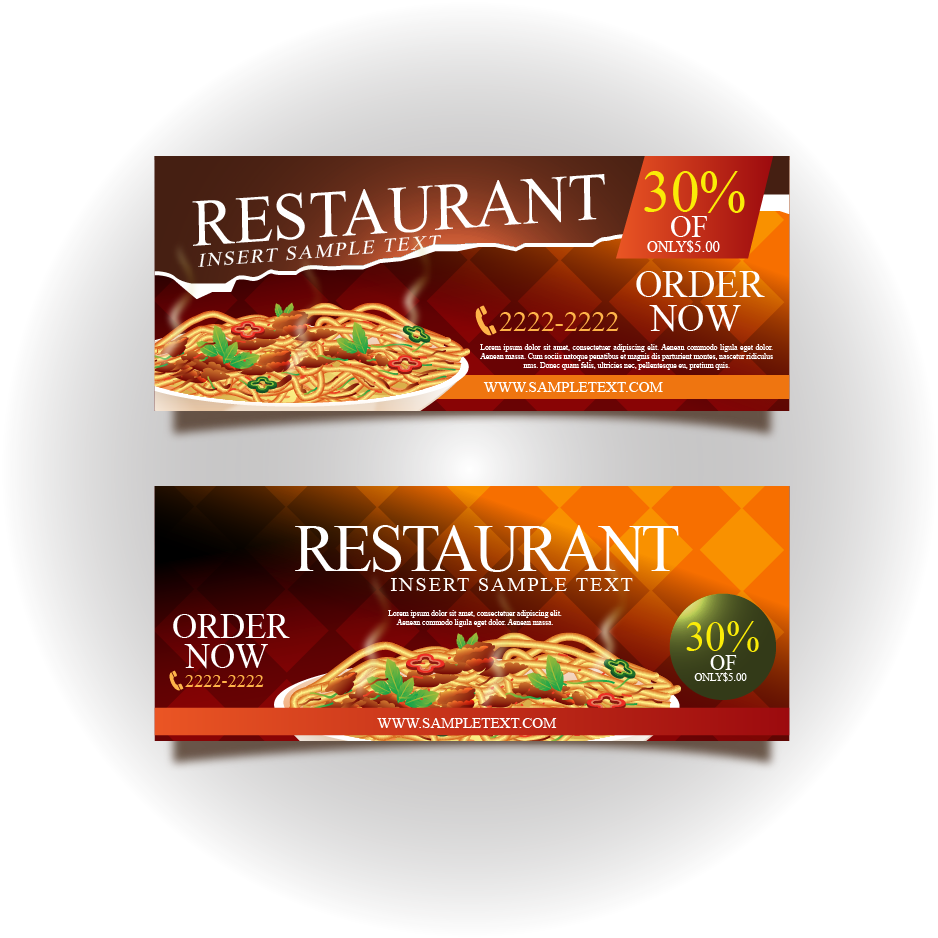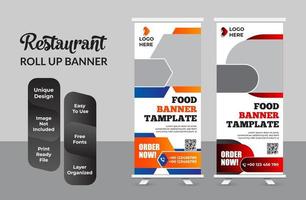

JPEG stands for Joint Photographic Experts Group, which is the name of the committee that standardised the format. However, you can usually adjust settings to save into other formats if needed.

Many cameras, smartphones, and basic photo or drawing programs will automatically save into JPG format. JPGs are 2D pixel-based ‘raster’ images, which makes them better for photographs or scans, rather than digital illustrations which are often better as ‘vector’ images. JPG is a universal format which can be opened by almost all image-viewing or -editing programs, by web browsers, and by certain other apps, and they’re supported by most devices. JPG, or JPEG, is one of the most widely used digital image formats. However, you can usually sign up to a free trial of the software, or find ‘freemium’ versions that have more limited functionality or contain advertising. Vector graphics editors are often premium products requiring either a one-off software purchase or a subscription. However, this can depend on the version of CorelDRAW used to create the file. Other vector image formats include EPS, AI and SVG.Īs well as with CorelDRAW, you may be able to open CDR files for editing in some other graphics programs, including Adobe Illustrator and Photoshop, and Inkscape. Vector images are often larger than 2D raster image files like JPG or PNG.

These layered elements can then be edited individually in graphics-editing programs like CorelDRAW. CDR is an example of a vector image file that comprises layers of different elements forming the whole design. The first version of CorelDRAW was launched in 1989 for Windows. The CDR image file format was developed by Corel for its CorelDRAW program.


 0 kommentar(er)
0 kommentar(er)
